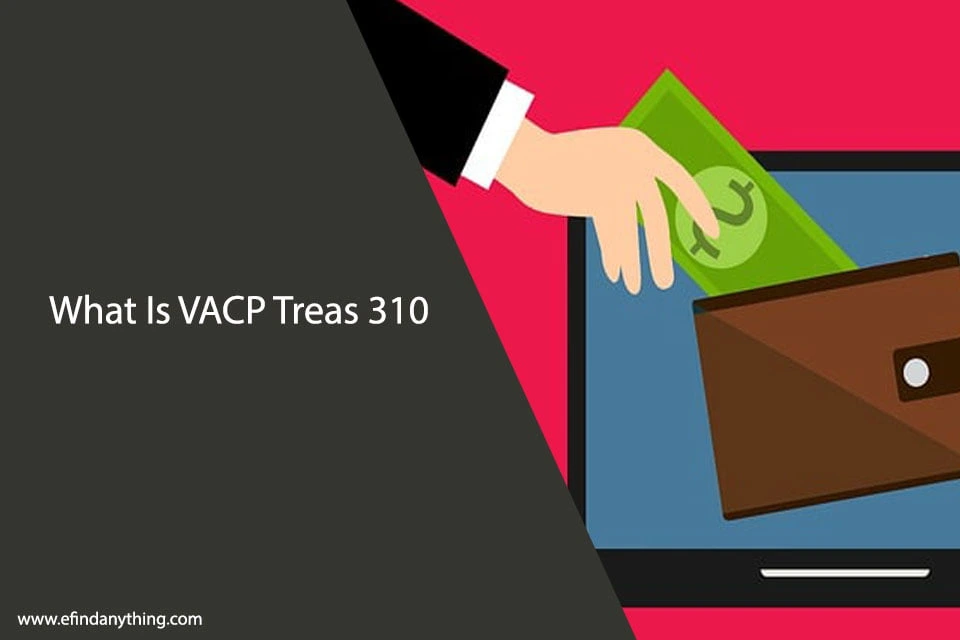
California’s workers’ compensation system aims to provide timely benefits, enabling injured employees to access medical treatment and replace lost wages. However, the realities facing injured workers are far more complicated. Opaque procedures, tight filing deadlines, disputes over medical evidence, independent exams, and an expedited hearing system favoring insurers frequently derail even the most diligent and deserving claims.
Far too often, legitimately injured employees get trapped fighting denials through endless appeals and procedures purposely designed to discourage claims or minimize payouts—the financial and emotional tolls compound physical suffering from workplace injuries. Skilled legal guidance offers injured workers their best chance at navigating this uneven playing field to receive their full, rightful benefits under California law.
This guide breaks down what employees need to understand about workers’ compensation claims, documentation best practices, navigating appeals for denials, leveraging favorable procedures, and securing experienced legal representation to overcome systemic disadvantages threatening earned benefits after on-the-job injuries.
Understanding Work Injuries in California
California law mandates that nearly all employers carry approved workers’ compensation insurance. This state-regulated system replaces traditional personal injury lawsuits, allowing employees expedited access to benefits like:
- Medical treatment
- Partial wage replacement
- Permanent disability ratings
- Supplemental job displacement vouchers
- Death benefits to dependents
However, this no-fault system contains extensive rules, procedures, and legal intricacies most workers don’t grasp until an on-the-job injury or cumulative trauma leaves them trying to navigate the complex claims process while recovering from injury. Skilled legal guidance from dedicated workers compensation professionals such as Berry, Smith & Bartell offers injured workers their best chance at navigating this uneven playing field to receive their full, rightful benefits under California law.
Common Barriers to Receiving Rightful Benefits
Several factors frequently prevent injured California employees from receiving their full, rightful workers’ compensation benefits:
Delays Seeking Medical Treatment
Employees often underestimate injuries, continue working while hurt (risking more damage), and delay seeing a doctor, undermining the strength of their later claim.
Failure to Report/Document Injuries Properly
Many workers need to notify supervisors promptly or complete the required reporting paperwork. Without documentation, insurers often dispute claims that happened at work.
Preexisting Conditions
Insurers leverage prior injuries, preexisting conditions unrelated to work, and health comorbidities to deny claims or reduce payouts. Highly technical medical evidence is required to override these exclusions.
Independent Medical Evaluations (IMEs)
Workers’ compensation insurers require IME exams with their doctors, who frequently dispute injury causes, diagnoses, or extent of disability—contradicting treating doctors. This creates “dueling doctor” scenarios with differing medical opinions undermining claims.
Difficulties Navigating Expedited Hearing System
California prioritizes quick, informal hearings over evidentiary rules and procedures more beneficial to injured workers. Most applicants need more expertise and resources to overcome these systemic disadvantages.
With medical and wage benefits essential for injured employees and families already under financial duress, having claims unfairly delayed, denied, or reduced sinks struggling households deeper into poverty, bankruptcy, and dependence on government assistance programs.
Maximizing Workers’ Comp Claim Approval
While California’s complex workers’ compensation system favors insurers/employers, employees can take proactive steps to document injuries contemporaneously and build more approvable claims:
Report All Workplace Injuries Immediately
Alert supervisors and follow company protocols as soon as injuries occur, requesting the required DWC-1 claim forms. Reporting promptly helps establish the work connection before other health factors arise.
Seek Medical Care Right Away
Don’t delay! See company doctors or personal physicians immediately so the initial medical reports document the injury context, bodily damage, and necessary treatments without other complicating factors weakening causality.
Keep Detailed Injury Logs
Document each ache, pain episode, and functional limitation as injuries progress, including locations, severity (1-10 scale), triggering actions, relief measures, and impacts on work/life activities. Meticulous logs counter disputes over injury timelines and severity.
Get Recommended Treatments
Follow all doctor-prescribed therapy, testing, specialty consults, and medications so insurers cannot blame insufficient treatment compliance for lingering damage or slow healing.
Communicate Frequently with Doctors
Give treating physicians detailed descriptions of accident mechanics, evolving symptoms, treatment responses, and how damage impairs job performance so they can author complete narrative reports supporting causality and work restrictions.
Obtaining Legal Help from Trusted Workers’ Comp Experts
Due to California’s innate complexity and claimant disadvantages, partnering with reputable and results-driven workers’ compensation professionals such as Berry, Smith & Bartell early on proves critical for hurt employees to secure fair outcomes in most cases. Savvy attorneys facilitate prompt medical intervention, income continuity, vigorous disability examinations, airtight medical reporting/documentation, countering insurer tactics, navigating procedural complexities, and forcing favorable settlements as needed through legal expertise. They level the playing field.
While quality representation incurs some upfront legal fees, this pales compared to the lifetime value of fast-tracked medical care, income replacement for years, and maximized disability payouts enabled through their expertise, especially for serious injuries. Applicant attorneys directly get paid percentage fees from back benefits won only after succeeding for clients.
Appealing Denied or Reduced Workers’ Comp Claims
Even strong claims meeting these best practices see unjust denials or benefit reductions. But all is not lost! Employees have legal recourse through:
Reconsideration Letters
Send insurers detailed letters from doctors and attorneys explaining how initial decisions misapplied governing statutes and medical standards, providing corroborating documentation and demanding reversal within statutory deadlines before commencing appeals. Insurers occasionally overturn denials.
Independent Medical Reviews
Following final written denials, request physician experts unaffiliated with insurers review medical files and issue binding determinations if initial injury handling complied with state utilization standards and evidence-based care guidelines. This forces reasonable claims reinstatement.
Formal Hearings
Initiating formal appeals compels broken system stakeholders (judges, mediators/arbitrators, and defense lawyers) to justify anti-worker actions. Sanction threats occasionally compel settlement, which offers better than continued litigation. When hearings proceed, still present the most vital evidence/testimony possible to prevail.
Appealing Verdicts
If hearings and settlements still fail, file appeals identifying decision errors, faulty medical analysis, overlooked issues, due process violations, and more while the window remains open. Persistence pays.
Conclusion
Obtaining rightfully entitled workers’ compensation benefits in California’s convoluted and insurer-friendly system demands injured employees take prompt actions documenting injuries contextually, treating continuously under doctor supervision, communicating clearly with physicians, and appealing aggressively when necessary or hiring capable attorneys like workers compensation professionals such as Berry, Smith & Bartell to fight for just outcomes against systemic disadvantages. Falling short on any element risks unjust claim denials, delays, or reductions, sinking vulnerable families. However, positive outcomes remain achievable by understanding key workers’ compensation concepts and leveraging the system’s limited advantages for applicants.











